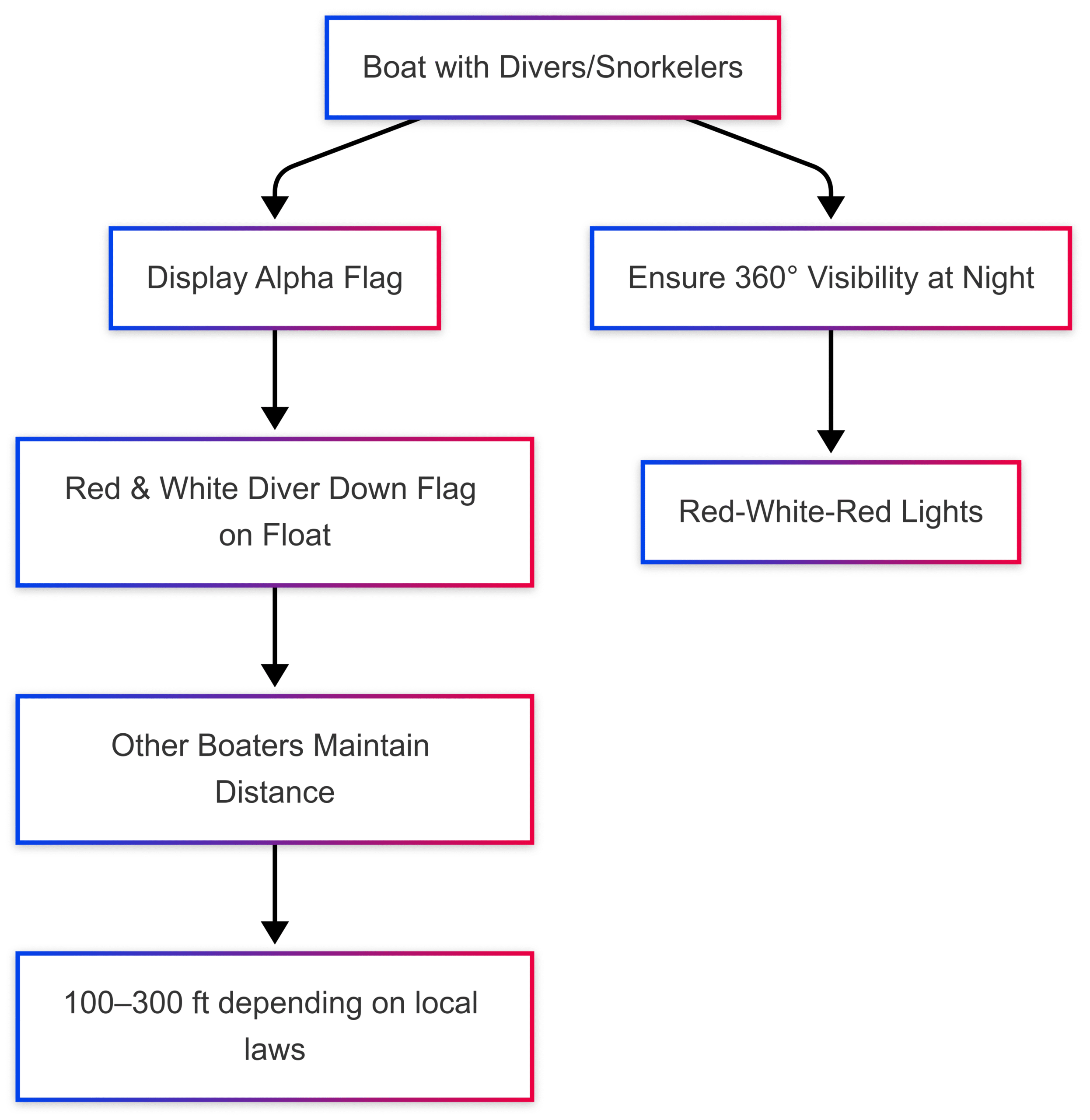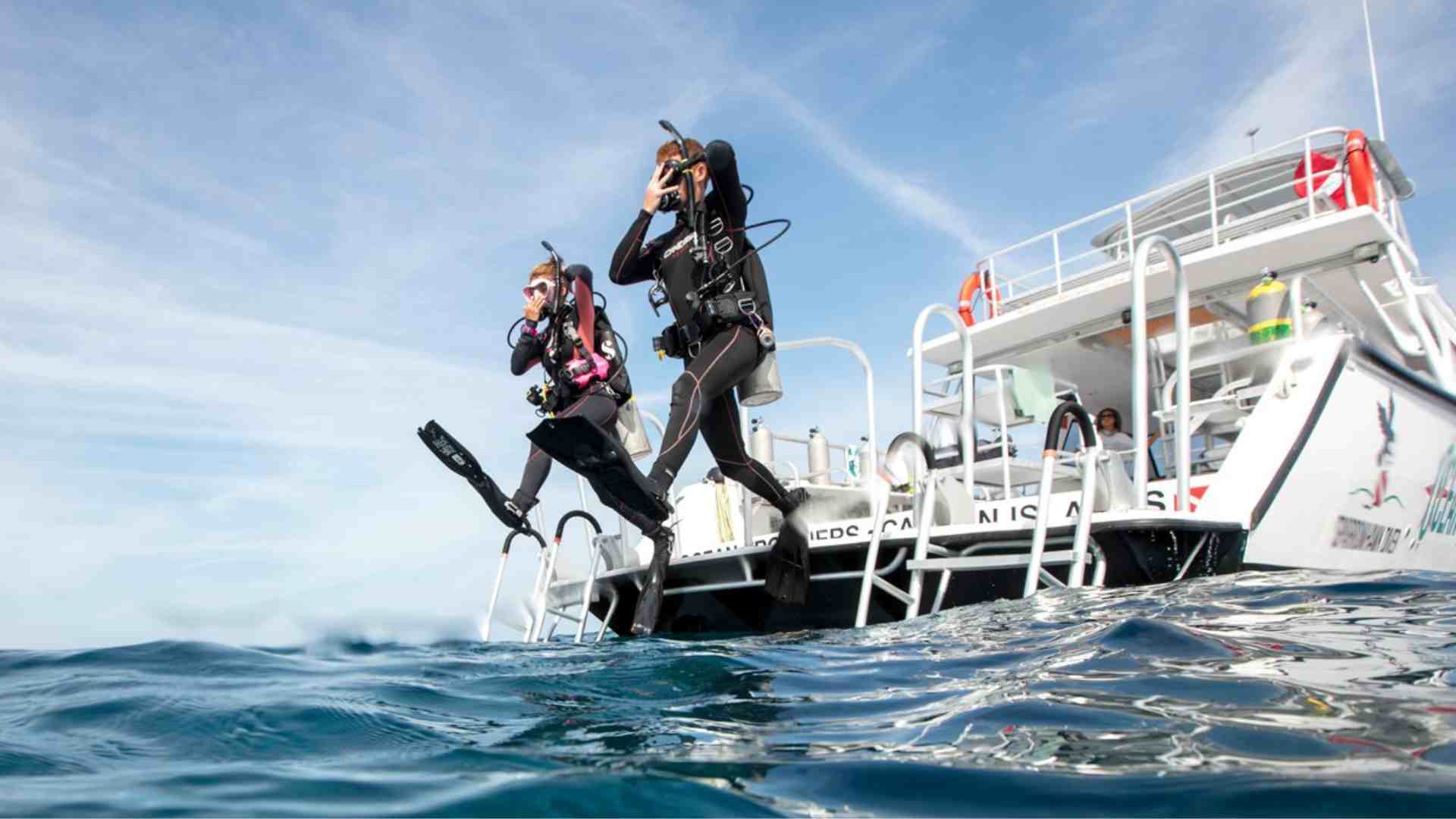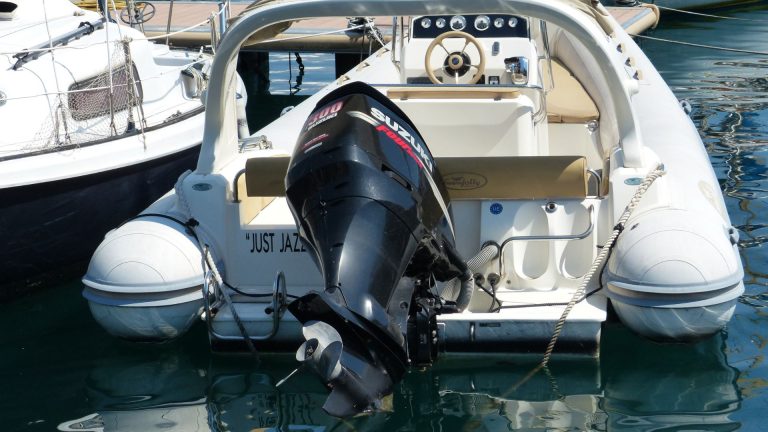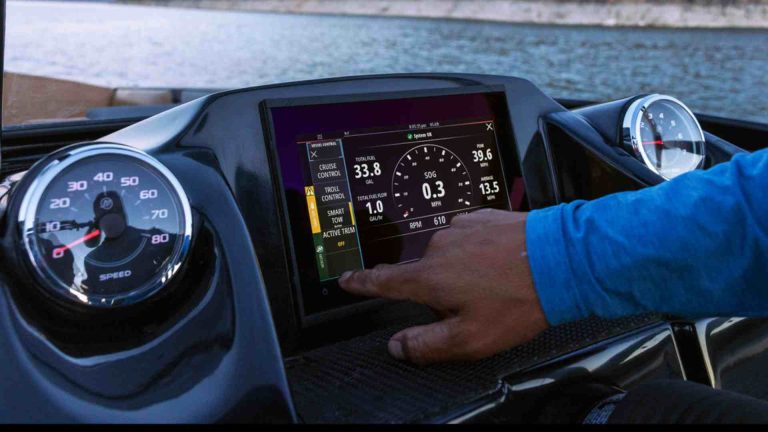8 Tips for Snorkeling and Diving from Your Boat
Discover 8 essential tips for safe and enjoyable snorkeling and diving from your boat. Learn equipment prep, safety protocols, and etiquette for an unforgettable underwater adventure.
Snorkeling and diving from a boat offer unparalleled opportunities to explore the vibrant underwater world. Whether you’re gliding over coral reefs or diving into the depths, these activities combine adventure with the serenity of the ocean. However, safety and preparation are paramount to ensure a rewarding experience. This comprehensive guide provides eight essential tips to help you snorkel and dive safely from your boat, covering equipment preparation, safety protocols, proper techniques, and environmental respect. From beginners to seasoned adventurers, these tips will enhance your underwater journey while prioritizing safety and marine conservation.
1. Prepare Your Equipment Thoroughly
Proper equipment is the foundation of a successful snorkeling or diving experience. Ill-fitting or malfunctioning gear can turn an exciting adventure into a frustrating or dangerous ordeal.
Ensure a Proper Fit
For snorkeling, a well-fitting mask and snorkel are critical for comfort and functionality. The mask should create a watertight seal against your face. To test the fit, place the mask on your face without using the strap and inhale gently through your nose. A slight suction indicates a good seal. If the mask slips or air leaks in, try a different size or model designed for your face shape (e.g., narrow or wide). Fins should fit snugly without pinching or slipping off, as loose fins can be lost in the water, and tight ones can cause discomfort or cramps.
For scuba divers, the buoyancy control device (BCD), regulator, and fins must also fit correctly. A BCD that’s too tight restricts movement, while one too loose compromises buoyancy control. Test your regulator for smooth breathing and ensure the mouthpiece fits comfortably. Divers should also check their weight belt and tank straps for security.
Test Your Equipment
Before entering the water, test all gear thoroughly. For snorkelers, practice clearing the snorkel by blowing out water through the purge valve. Ensure the mask doesn’t fog by applying a defogging solution (e.g., diluted baby shampoo) to the inner lens, rubbing it in, and rinsing it out just before use. For divers, verify that the BCD inflator and deflator work smoothly, the regulator delivers air consistently, and the tank is secure. Testing gear on land or in a pool prevents issues in open water.
Consider Additional Gear
Depending on water temperature and personal comfort, consider wearing a rash guard or neoprene wetsuit to protect against sunburn, abrasions, or cold. Snorkelers may benefit from an inflatable snorkeling vest for added buoyancy, especially in open water. Divers rely on their BCD for buoyancy control but should ensure it’s in good condition. Sunscreen is essential for exposed skin, but use reef-safe products to protect marine ecosystems. If snorkeling in popular areas, bright-colored gear or a vest enhances visibility to boaters.
Equipment Checklist
| Item | Snorkeling | Scuba Diving | Notes |
|---|---|---|---|
| Mask | Yes | Yes | Ensure watertight seal |
| Snorkel | Yes | No | Purge valve recommended |
| Fins | Yes | Yes | Snug fit, open-heel or full-foot |
| BCD | Optional | Yes | Check inflator/deflator function |
| Regulator | No | Yes | Test for smooth breathing |
| Rash Guard/Wetsuit | Optional | Optional | Use for warmth or sun protection |
| Life Jacket/Vest | Recommended | Optional | Mandatory for some tours |
| Dive Flag | Yes | Yes | Required by law in many areas |
2. Prioritize Safety Protocols
Safety is non-negotiable when snorkeling or diving from a boat. Open water presents unique hazards like currents, boat traffic, and marine life, making preparation critical.
Display a Dive Flag
A dive flag is essential for visibility and is legally required in many regions. The red-and-white “diver down” flag indicates divers or snorkelers are in the water and is typically flown from a float tethered to the group. The blue-and-white Alpha flag, flown from the boat, signals restricted maneuverability due to divers or snorkelers. Federal law mandates the Alpha flag be at least 1 meter (3.3 feet) high and visible, with red-over-white-over-red lights at night. Other boaters must maintain a distance of 100–300 feet, depending on local regulations.

Snorkel or Dive with a Buddy
The buddy system is a cornerstone of diving and snorkeling safety. Always pair up with a partner and stay within visual contact. Buddies can assist with equipment issues, cramps, or emergencies like low air supply for divers. For snorkelers, a buddy ensures someone is aware of your position, reducing the risk of being left behind. Communicate signals (e.g., “OK” hand sign) before entering the water to ensure clear understanding.
Check Water Conditions
Before entering, assess the water for hazards like strong currents, poor visibility, or obstacles such as rocks or boat propellers. Look for bubbles indicating other divers and ensure the entry point is clear. Avoid snorkeling or diving in marked channels or marinas, where boat traffic and electrical hazards from shore power pose risks. Currents can shift a boat’s position, so monitor conditions continuously.
3. Master Safe Entry and Exit Techniques
Entering and exiting the water from a boat requires caution to avoid injury or equipment loss. Most boats have swim platforms or ladders, but proper technique is key.
Giant Stride Entry
The giant stride is the preferred method for entering the water with snorkeling or scuba gear:
- Put on all gear (mask, fins, snorkel, or BCD/regulator) on the boat.
- Partially inflate your snorkel vest or BCD for positive buoyancy.
- Stand at the edge of the swim platform, fins slightly over the edge.
- Hold the mask (and regulator, for divers) in place with one hand.
- Check the water below for obstacles or other swimmers.
- Take a large step forward, pushing off with the other foot.
- Once in the water, inflate your vest or BCD fully and signal “OK” to your buddy and boat crew.
Safe Exit
Use the boat’s ladder or platform to exit, removing fins before climbing to avoid slipping. Hand fins to the crew if possible, and move carefully on wet decks to prevent falls. Ensure the boat’s engine and generator are off to avoid propeller injuries or carbon monoxide exposure.
Swim Platform Safety
Inspect the swim platform for hazards like sharp cleats. Apply nonskid tape to improve traction, or install pop-up cleats that retract when not in use. Cover sharp edges with protective materials like sailboat spreader boots to reduce injury risk.
4. Practice Snorkeling and Diving Etiquette
Respecting the marine environment and other boaters ensures a safe and sustainable experience.
Protect Marine Life
Coral reefs and marine animals are fragile. Avoid touching coral, as even slight contact can cause irreparable damage. Fire coral and certain marine species can also sting or cause allergic reactions. Swim carefully to avoid kicking reefs with fins, and never remove marine life from the water. The mantra “take memories, leave only bubbles” emphasizes minimal environmental impact.
Be Aware of Boat Traffic
Periodically look up to monitor your position relative to the boat and surrounding vessels. Avoid snorkeling in active boat lanes or near marinas. Wear bright clothing or a snorkeling vest to enhance visibility. If snorkeling in popular areas, stay close to the dive flag or float to signal your presence.
Follow Crew Instructions
Boat captains and crew provide briefings on local conditions, hazards, and points of interest. Listen attentively, as their expertise can prevent accidents and enhance your experience. For example, they may highlight areas with strong currents or recommend optimal snorkeling spots.
5. Hone Your Breathing and Clearing Techniques
Proper breathing and equipment management are essential for comfort and safety.
Snorkeling Breathing
Practice breathing through the snorkel in a pool to build confidence. Inhale and exhale steadily through your mouth, avoiding nose breathing to prevent mask fogging. If water enters the snorkel, blow sharply through the purge valve to clear it. Avoid biting the snorkel’s mouthpiece, as this can cause jaw fatigue; instead, maintain a gentle lip seal.
Mask Clearing
If water leaks into your mask, lift the bottom edge slightly above the waterline to let it drain, then reseal the mask. Avoid overtightening the strap, as this can break the seal and worsen leakage. Keep hair out of the mask to maintain a tight seal, and apply Vaseline to mustaches if needed.
Scuba Breathing
Divers should practice slow, deep breaths through the regulator to conserve air and maintain calm. Practice emergency ascents in a controlled environment to prepare for low-air situations. Familiarity with your BCD’s controls ensures smooth buoyancy adjustments.
6. Choose the Right Location and Timing
Selecting appropriate snorkeling or diving sites enhances safety and enjoyment. Popular destinations like Cancun, Isla Mujeres, or Hawaii’s manta ray tours offer vibrant reefs but require careful planning.
Location Selection
Choose designated snorkeling areas like Manchones or El Farito in Cancun, where reefs are protected, and boat traffic is regulated. Private charters allow flexibility in site selection, but weather and currents dictate accessibility. Avoid areas with strong currents or heavy boat activity.
Timing Considerations
Snorkeling tours typically last 30–60 minutes to prevent fatigue. Night dives, such as manta ray tours in Hawaii, require extra caution due to reduced visibility. Check weather forecasts and tidal charts to avoid rough conditions.
7. Never Dive from a Moving Boat
Jumping from a moving boat is extremely dangerous due to unpredictable landing positions and subsurface hazards. Always ensure the boat is stationary, with engines and generators off, before entering the water. Use the giant stride entry and go feet-first to minimize risk.
8. Prepare for Emergencies
Being prepared for emergencies can prevent minor issues from escalating.
Carry Safety Devices
Snorkelers and divers should carry a whistle, signal mirror, or personal locator beacon (PLB) for open-water scenarios. A delayed surface marker buoy (DSMB) can help divers signal their location if separated from the group. These tools are lightweight and significantly increase your chances of being found if lost.
Communicate with the Crew
If you’re a first-time snorkeler or diver, inform the crew of your inexperience and any concerns, such as fear of being left behind. Reputable operators conduct headcounts to ensure no one is left in the water. Swim against the current initially to drift back toward the boat, and stay near the group to avoid straying too far.
Emergency Gear List
| Item | Purpose | Cost (Approx.) |
|---|---|---|
| Whistle | Audible signal for attention | $5–$15 |
| Signal Mirror | Visual signal for rescue | $10–$20 |
| PLB | Emergency location tracking | $200–$400 |
| DSMB | Marks diver’s location underwater | $30–$100 |
Enhancing Your Experience
Practice in Advance
First-time snorkelers should practice in a pool to master breathing and mask-clearing techniques. Scuba divers require formal certification, which includes 4–7 days of in-water training. Organizations like PADI offer courses to build skills and confidence.
Capture the Moment
Use an underwater camera like a GoPro to document your adventure, but avoid smiling while wearing a mask, as facial movements can break the seal and cause leakage. Save smiles for shore photos to maintain a tight mask fit.
Environmental Responsibility
Support operators committed to marine conservation, such as those with Blue Flag or Avante certifications. Avoid sunscreen in the water to protect reefs, and return snorkel gear for recycling if offered.
Addressing Common Concerns
For first-time snorkelers worried about straying too far or being left behind, stay within 50–100 feet of the boat, depending on conditions and operator guidelines. Swim into the current to ensure an easy return, and use a float line if provided. Communicate concerns to the crew, and choose operators with strong safety records. Carrying a whistle or mirror provides peace of mind without the expense of a PLB for most coastal snorkeling.
Conclusion
Snorkeling and diving from a boat open a window to the ocean’s wonders, from vibrant coral reefs to majestic marine life like manta rays. By preparing your equipment, prioritizing safety, mastering entry and exit techniques, and respecting the environment, you can ensure a safe and unforgettable adventure. Whether you’re exploring Cancun’s reefs or Hawaii’s night dives, these eight tips provide a roadmap for success. Equip yourself with the right gear, follow safety protocols, and dive into the underwater world with confidence and respect.
Happy Boating!
Share 10 Tips for Snorkeling and Diving from Your Boat with your friends and leave a comment below with your thoughts.
Read 7 Affordable Boating Destinations to Explore: Adventures until we meet in the next article.






